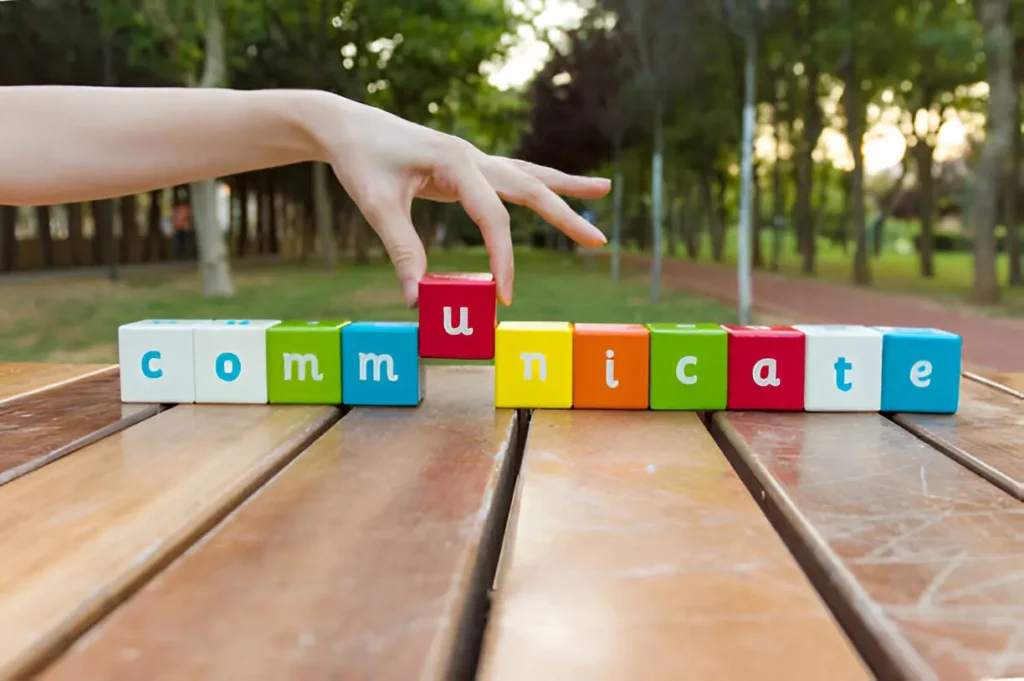Effective communication is an essential skill in every aspect of life. Whether dealing with personal relationships, professional interactions, or social exchanges, the ability to convey ideas clearly and understand others can pave the way for success. However, communication isn’t always straightforward. Barriers, both visible and invisible, often hinder conversations, leading to misunderstandings, frustration, or even conflict.
This article explores common communication blocks and provides practical strategies to overcome them, allowing for more meaningful and effective interactions.
What Are Communication Blocks?
Communication blocks are obstacles that impede the flow of ideas, thoughts, and feelings between people. They can occur for various reasons, such as differences in perception, unspoken assumptions, language barriers, or emotional tension. Recognizing these barriers is critical to addressing them effectively.
Common types of communication blocks include:
- Physical Barriers: Environmental factors like noise, poor technology, or long distances.
- Psychological Barriers: Emotional states, stress, or bias affecting how messages are received or delivered.
- Cultural and Language Barriers: Differences in language, accents, or cultural norms leading to confusion.
- Perceptual Barriers: Misinterpretation of intent due to preexisting beliefs or assumptions.
Understanding these blocks is the first step in developing solutions that pave the way for more productive communication.
The Impact of Communication Barriers
When communication breaks down, the effects can range from minor misunderstandings to significant disruptions in relationships or workflows. For instance:
- Personal Impact: Poor communication can strain relationships, erode trust, and foster resentment.
- Professional Consequences: Miscommunication in the workplace often leads to errors, inefficiency, and conflicts between colleagues.
- Wider Social Effects: On a broader scale, ineffective communication can perpetuate stereotypes and reinforce divisions.
Addressing these barriers not only improves how we interact but also strengthens the foundation for collaboration, teamwork, and connection in various settings.
Identifying Common Communication Blocks
To tackle communication barriers, you must first recognize them. Here are some common scenarios and practical examples of what they look like:
Lack of Active Listening
The Problem: One party focuses on responding rather than fully listening to the speaker. This can lead to missed details and misunderstandings.
How to Tackle It:
- Practice active listening by giving full attention to the speaker and eliminating distractions.
- Summarize or paraphrase what was said to confirm understanding.
- Ask open-ended questions to encourage clarity and collaboration.
Emotional Reactivity
The Problem: Heated emotions like anger or frustration cloud judgment and make constructive conversations difficult.
How to Tackle It:
- Take a moment to breathe and calm down before responding.
- Use “I” statements rather than accusatory language to express feelings.
- Create a neutral environment for addressing emotionally charged topics.
Nonverbal Miscommunication
The Problem: Body language, facial expressions, or tone contradict spoken words, leading to mixed signals.
How to Tackle It:
- Align nonverbal cues with spoken messages to ensure consistency.
- Pay attention to others’ body language and adjust your communication style if confusion arises.
- Practice maintaining open and inviting body language, like making eye contact or keeping arms uncrossed.
Information Overload
The Problem: Sharing too much information at once can overwhelm the listener and dilute the intended message.
How to Tackle It:
- Break down complex ideas into smaller, digestible parts.
- Prioritize key points and focus on one idea at a time.
- Use visuals or simplified explanations to enhance understanding.
Distracted Communication
The Problem: Multitasking or technology distractions divide attention and make conversations feel unimportant.
How to Tackle It:
- Eliminate distractions like phones or background noise when communicating.
- Establish clear boundaries for focused conversations.
- Show engagement by maintaining eye contact and responding thoughtfully.
Overcoming Communication Barriers in Action
Addressing communication issues often requires proactive behavior and a willingness to adapt. Here’s a step-by-step approach to mitigating blocks during interactions:
- Acknowledge Barriers
Recognize when a barrier exists and address it. For example, if someone appears disengaged, pause to ask for feedback or clarification.
- Tailor Communication
Adapt your language, tone, and methods to suit your audience. This is especially important when dealing with cultural or linguistic differences.
- Encourage Open Dialogue
Create a safe space where everyone feels comfortable clarifying misunderstandings without judgment.
- Seek Feedback
Ask for input on how your communication can improve. For example, just as someone might entrust a specialist for technical procedures like affordable dental implants in Matteson, IL, individuals should approach communication with the same precision and care to ensure lasting positive outcomes.
- Build Empathy
Try to understand the conversation from the other person’s perspective. Empathy reduces defensiveness and nurtures connection.
Breaking Communication Barriers for Better Connections
Improving communication isn’t an overnight process, but small adjustments can lead to significant results. Here are some final tips to help boost your success in all conversations:
- Practice Clarity and Simplicity
Always aim to convey your ideas as clearly and concisely as possible. Avoid relying on technical jargon or overly complex terms.
- Invest in Emotional Intelligence
Emotional intelligence plays a significant role in being able to read the room, defuse tension, and build rapport.
- Leverage Professional Training
For workplace settings or challenging situations, consider taking communication skills workshops or training sessions.
Conclusion
Effective communication is the glue that holds together personal, professional, and societal relationships. Identifying barriers is a critical first step, but the ongoing challenge lies in consistently addressing and adapting to these barriers. By fostering active listening, maintaining emotional regulation, and demonstrating empathy, anyone can unlock the power of better conversations. Empower yourself with these tools to overcome misunderstandings and create stronger, lasting connections.
Also Read- Storage Racking Systems: A Backbone for Organized Business Operations


